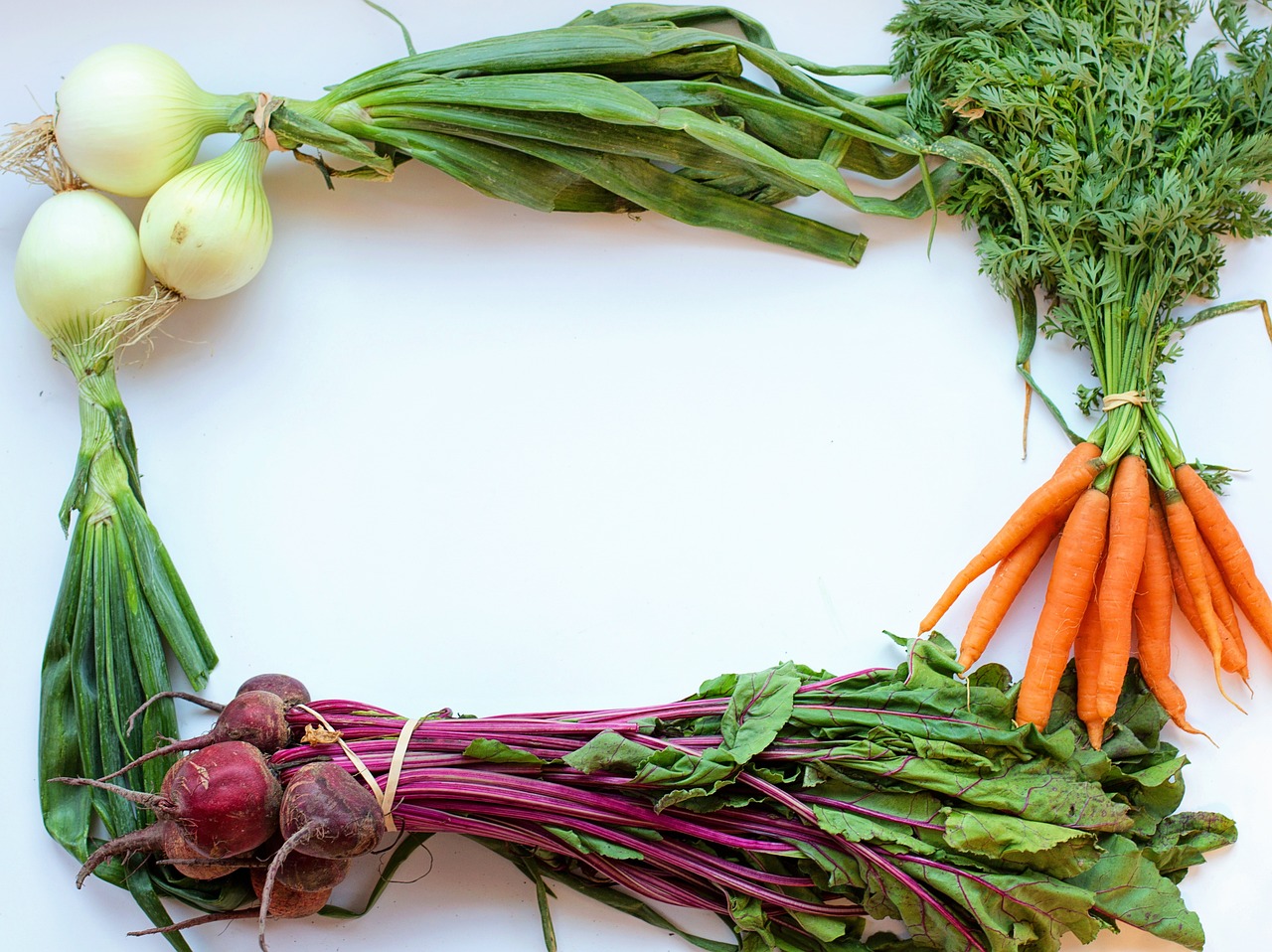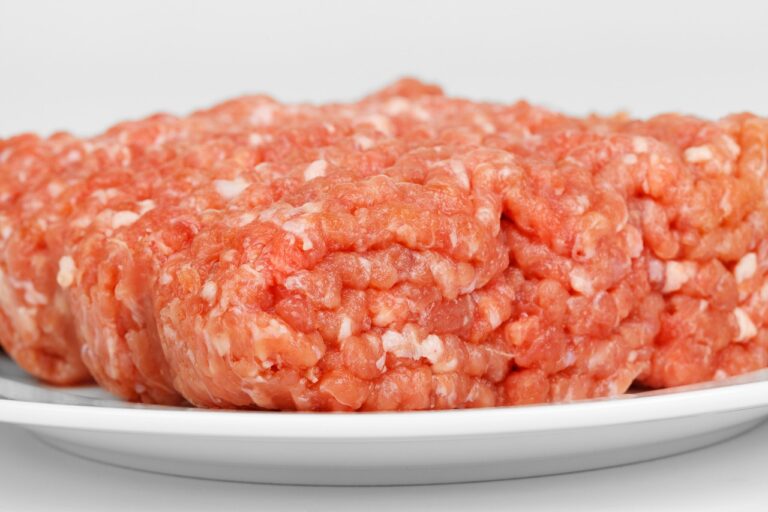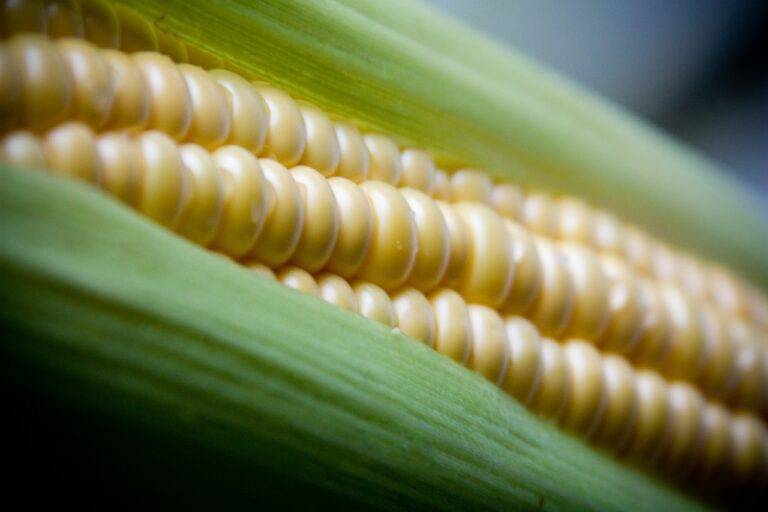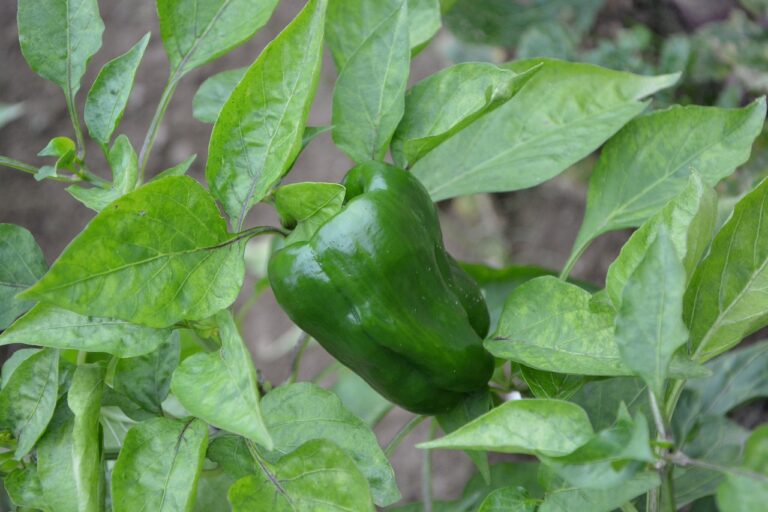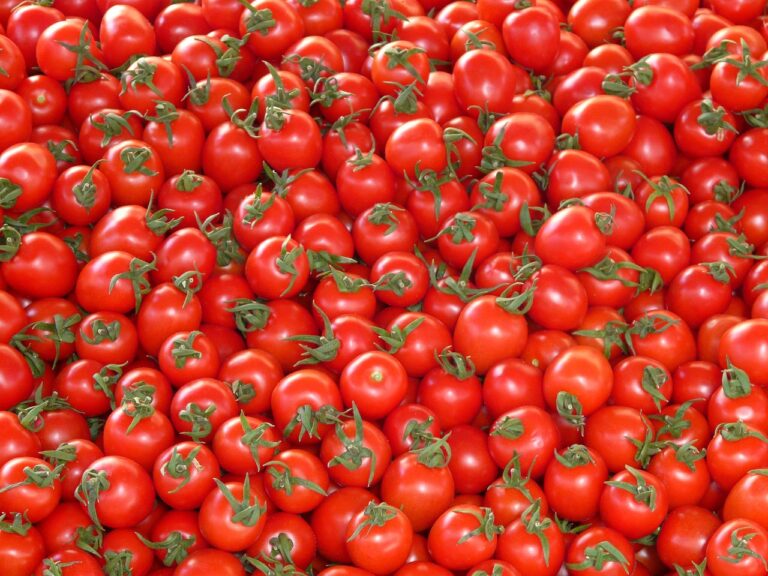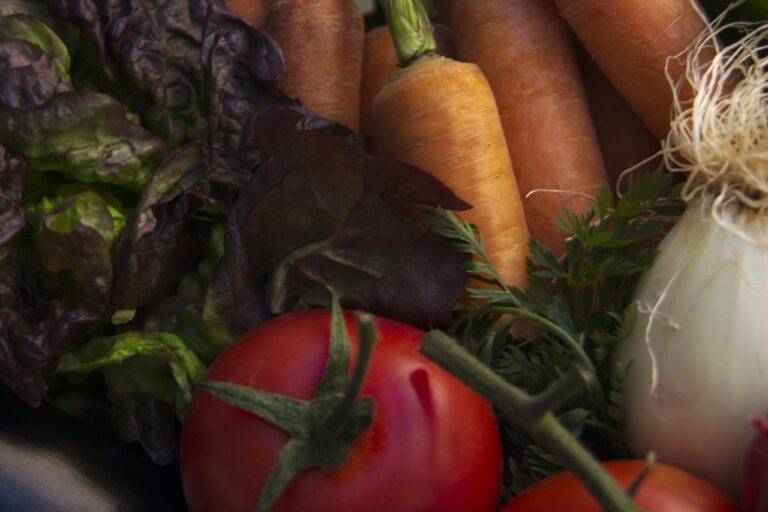The Science of Food Pairing: Understanding Flavor Combinations and Enhancements
Food is an integral part of our daily lives, satisfying our hunger and providing us with essential nutrients. But have you ever wondered why certain foods taste so good together, while others seem mismatched? The answer lies in the science of food pairing, a fascinating field that explores the complex interactions between flavors, textures, and aromas. By understanding the principles of food pairing, you can elevate your culinary creations to new heights and create dishes that are not only delicious but truly unforgettable.
What is Food Pairing?
Food pairing is the art and science of combining foods that complement each other in taste, texture, and aroma. It involves understanding the chemical compounds that give foods their unique flavors and using this knowledge to create harmonious flavor combinations. By pairing foods that share similar or contrasting flavor compounds, chefs can enhance the overall taste of a dish and create a more balanced and enjoyable eating experience.
The Role of Flavor Compounds
Flavor compounds are the building blocks of taste and aroma, responsible for giving foods their unique flavors. These compounds can be classified into categories such as sweet, salty, bitter, sour, umami, and fatty. By identifying the dominant flavor compounds in different foods, chefs can create pairings that enhance and elevate the overall flavor profile of a dish. For example, pairing a sweet and acidic food like strawberries with a creamy and slightly bitter food like balsamic vinegar can create a delicious balance of flavors that is both refreshing and satisfying.
Principles of Food Pairing
There are several principles of food pairing that chefs can follow to create successful flavor combinations:
1. Complementary Flavors
Complementary flavors are flavors that enhance each other when paired together. For example, the sweetness of honey can complement the spicy heat of chili peppers, creating a harmonious balance of flavors that is both sweet and spicy.
2. Contrasting Textures
Contrasting textures can also create interesting flavor combinations. Pairing a crispy food like fried chicken with a soft and creamy food like mashed potatoes can create a satisfying contrast of textures that is both crunchy and smooth.
3. Flavor Affinities
Flavor affinities are combinations of flavors that naturally go well together. For example, the classic pairing of chocolate and mint is a flavor affinity that has been enjoyed for centuries. By understanding flavor affinities, chefs can create dishes that resonate with our taste buds and evoke a sense of nostalgia and comfort.
Enhancing Flavors with Herbs and Spices
Herbs and spices are essential ingredients in cooking that can enhance the flavors of foods and create more complex and interesting flavor profiles. By adding herbs like basil, thyme, and rosemary to dishes, chefs can infuse them with fresh and aromatic flavors that elevate the overall taste experience. Similarly, spices like cinnamon, cumin, and turmeric can add warmth and depth to dishes, creating a rich and flavorful dining experience.
Experimenting with Food Pairings
One of the most exciting aspects of food pairing is the opportunity to experiment with different flavor combinations and discover new and unexpected ways to enhance the taste of dishes. By being adventurous and creative in the kitchen, chefs can push the boundaries of traditional cooking and create dishes that are truly unique and innovative. Whether you’re pairing unusual ingredients or reimagining classic dishes, experimenting with food pairings can lead to delicious and inspiring results.
The Science Behind Food Pairing
The science of food pairing is rooted in the principles of molecular gastronomy, a branch of food science that investigates the chemical and physical transformations that occur during cooking. By understanding how different flavors interact at a molecular level, chefs can create dishes that are not only delicious but also visually stunning and intellectually stimulating. Molecular gastronomy has revolutionized the culinary world, inspiring chefs to push the boundaries of traditional cooking and explore new and innovative ways to create unforgettable dining experiences.
FAQs
Q: How can I use food pairing to create a well-balanced meal?
A: To create a well-balanced meal using food pairing, consider incorporating a variety of flavors, textures, and aromas into your dishes. Experiment with different flavor combinations and be mindful of how each ingredient contributes to the overall taste experience. Additionally, pay attention to portion sizes and try to include a mix of proteins, carbohydrates, and fats in your meals to ensure a balanced and nutritious diet.
Q: Are there any traditional food pairings that are considered classics?
A: Yes, there are many traditional food pairings that have stood the test of time and are considered classics in the culinary world. Some examples include peanut butter and jelly, macaroni and cheese, and bacon and eggs. These classic pairings have become beloved staples in many cultures and continue to be enjoyed by food lovers around the world.
Q: How can I enhance the flavors of my dishes using herbs and spices?
A: To enhance the flavors of your dishes using herbs and spices, consider experimenting with different combinations of herbs and spices to create complex and interesting flavor profiles. For example, you could try adding fresh herbs like parsley and cilantro to salads or soups, or use spices like paprika and cumin to season meats and vegetables. By incorporating a variety of herbs and spices into your cooking, you can elevate the taste of your dishes and create memorable dining experiences.
As you can see, the science of food pairing is a fascinating field that offers endless opportunities for creativity and innovation in the kitchen. By understanding the principles of flavor combinations and enhancements, chefs can create dishes that are not only delicious but also visually stunning and intellectually stimulating. So the next time you’re in the kitchen, don’t be afraid to experiment with new and exciting flavor pairings you never know what delicious discoveries you might make!

